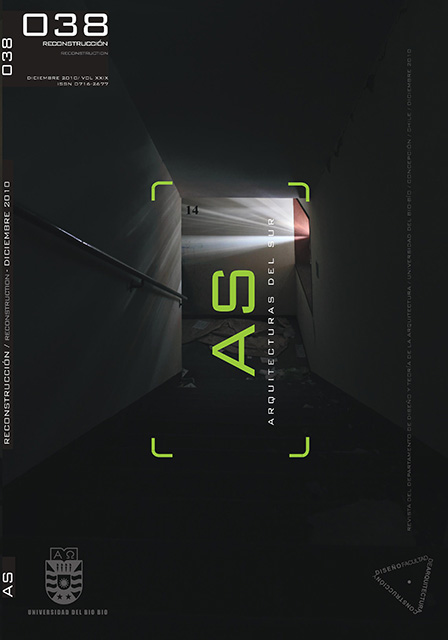Coastal defenses on sandy beaches in the Biobio and Maule regions: What can we learn from their effect in the earthquake of 27th february, 2010?
Keywords:
sandy beaches, coastal defences, coast of Bíobío and Maule, earthquakesAbstract
Human impacts on sandy beach ecosystems include the construction of coastal defences in response to coastal erosion and retreating coastlines. Field studies carried out in January 2010 along sandy coastal beaches of the Bíobío and Maule regions (south central Chile), indicated lower populations of intertidal macrofauna at sites located in front of sea walls with direct wave interaction during high tide, compared with those found at sites with sea wall defences but without any wave interaction, or at sites without any intervention. Studies carried out since March 2010 show that the width of the intertidal zone of sandy beaches on the Arauco peninsula (ca. 36ºS) and nearby areas increased due to continental uplift (ca. 2-2.5m) as a result of the earthquake of February 27th, 2010. This resulted in unexpected interactions with sea defences including i) the creation of new upper intertidal habitat seaward of seawalls, followed by rapid recolonisation of hitherto absent mobile upper and mid shore fauna, and ii) the loss of lower shore species due to uplift of the previously submerged rocky substrate. It is suggested that outcomes such as these should be taken into consideration during planning of the reconstruction of the coastal zone devastated by the earthquake and tsunami of February 27th 2010.
Downloads
Downloads
Published
How to Cite
Issue
Section
License
The content of the articles published in each issue of Arquitecturas del Sur is the sole responsibility of the authors and does not necessarily represent the opinion of University of the Bío-Bío.
The authors will maintain their copyright; however, they will guarantee the journal the right to first publication and dissemination of their work. The publication of the article in Arquitecturas del Sur will be subject to the Creative Commons International license (CC BY-SA) that allows others to adapt: remix, transform and build on the material for any purpose, even commercially; share: copy and redistribute the material in any medium or format, as long as the authorship and first publication in this journal are acknowledged by citing them correctly, and their new contributions are under a license with the same terms.














 Programa de Información Científica/Concurso Fondos de Publicación de Revistas Científicas 2018/ Proyecto Mejoramiento de Visibilidad de Revistas UBB (Código:FP180007)
Programa de Información Científica/Concurso Fondos de Publicación de Revistas Científicas 2018/ Proyecto Mejoramiento de Visibilidad de Revistas UBB (Código:FP180007) 
